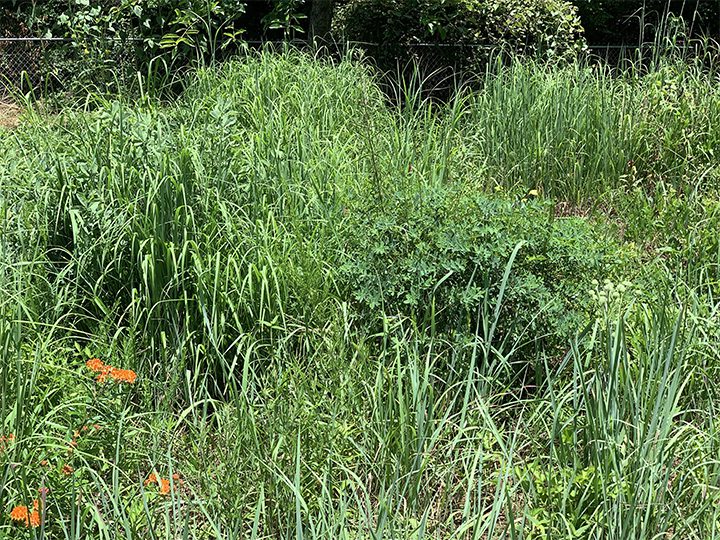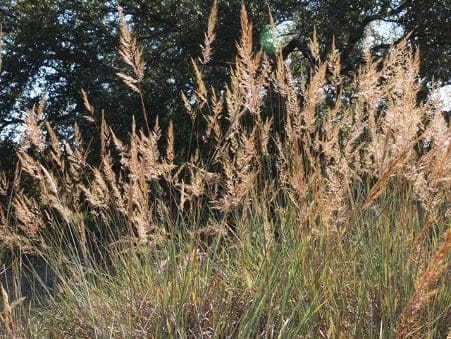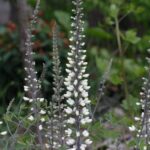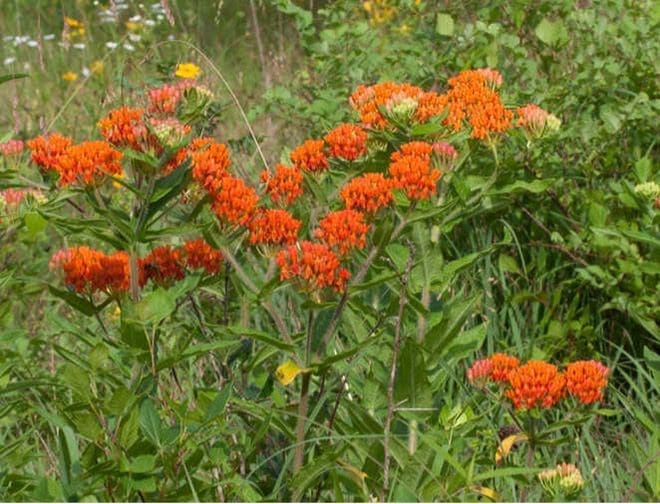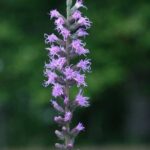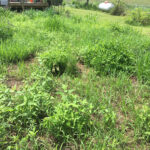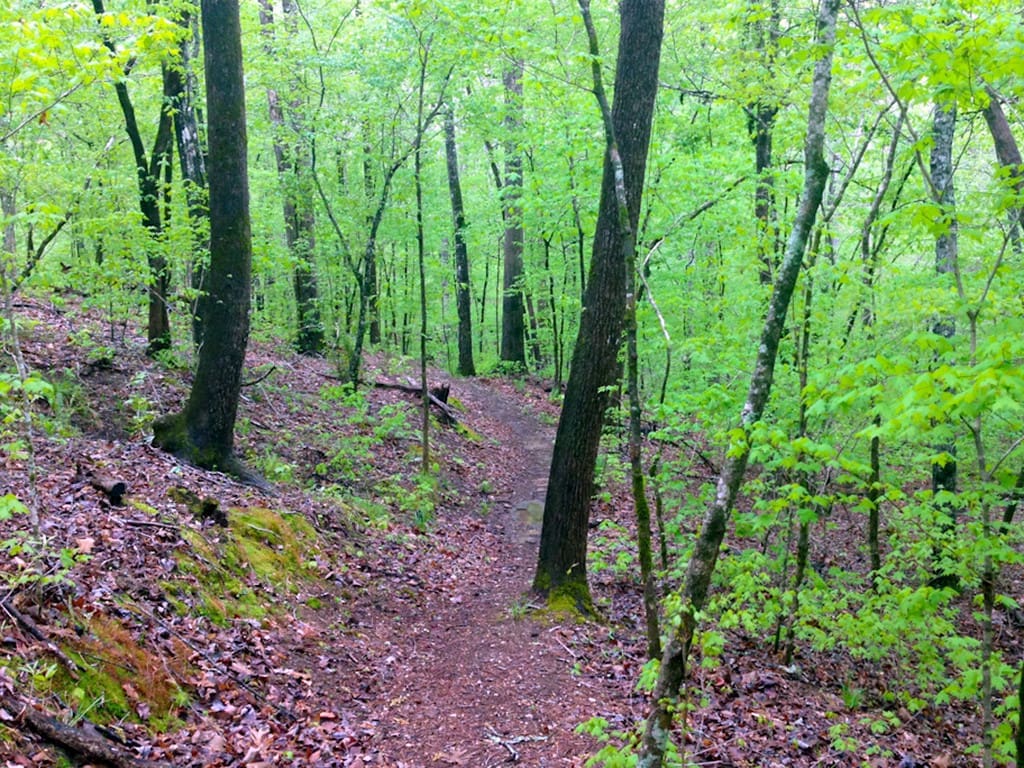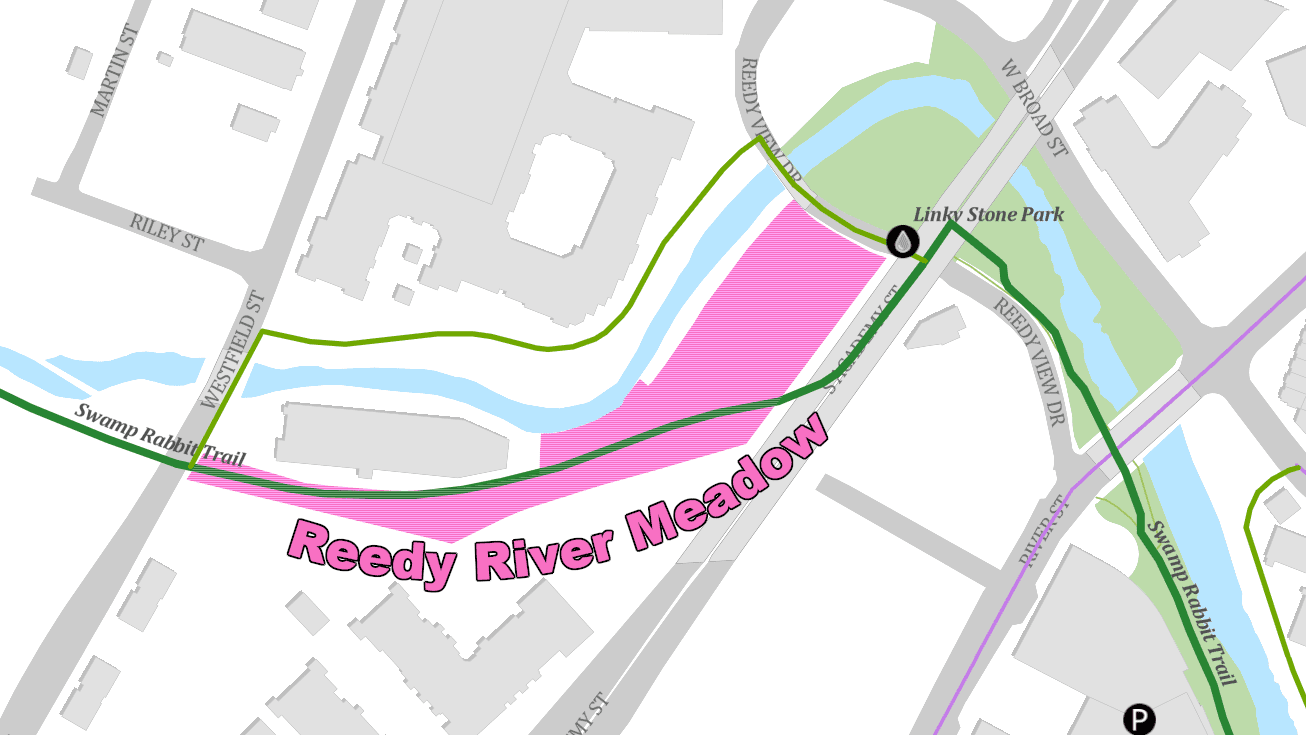By Bill Stringer
Photographs by Bill Stringer
Some years back, my wife Sharon and I bought a small house (1400 square feet) and a few acres (3.7) in Liberty, SC, located midway between her job in Greenville and mine in Clemson. There was a parenthesis-shaped driveway with a couple of water oaks between the drive and the road. There was also a bare above-ground pool site on the eastern side of the house. Because the house faced south, we had water-oak shade in the summer, and good sun in the winter.
Our first project was to make a plan for the pool site. It was 30 feet in diameter and consisted of 4 inches of sand over 3 inches of gravel over the ubiquitous native upstate red clay. It made a good above-ground pool site, but a helluva place to start a lawn. So, what to do?
A Prairie is Born
I had a strong interest in historic native Eastern Piedmont Prairies and had a collection of local-source perennial native prairie grass and wildflower transplant plugs on hand. So, I marked off a grid on the 30-foot circular site and started punching holes through the sand and gravel into the clay. In early autumn I started transplanting the prairie plants on 4-foot spacings. It didn’t look like much to begin with, but with the help of a wonderful coffee-table book (John Madson’s Tallgrass Prairies, now sadly out of print), I convinced the love of my life that it would have a beautiful future.
Our water bill was considerable that fall, as we nursed the roots of these plants through 7 inches of arid sand and gravel to where there was actual ground water. But I looked like a genius late in the winter, when Indiangrass, big bluestem, and eastern gamagrass plants co-emerged with perennial sunflowers, gayfeathers, leadplants, milkweeds, and false indigoes.
- Yellow Indiangrass (Sorghastrum nutans)
- White false indigo (Baptisia albescens)
- Butterfly milkweed (Asclepias tuberosa)
- Blazing star (Liatris spicata)
Controlled Burn
Tall grass prairies in the East need to be control-burned at least every two to three years to prevent the reclamation of the land by pines and hardwoods. So, every late winter, after a rain has dampened the surrounding vegetation, I catch the wind blowing in the right direction and speed and light my small gas torch. I slice the standing dead vegetation canopy into narrow (4- to 5-foot–wide) strips with flame. This method prevents the standing material from igniting all at once and creating a large, uncontrolled flame. The dead standing vegetation burns down to the soil surface. The herbaceous perennial grasses and wildflowers regenerate each year from buds on the roots and crowns of the prairie species, while any tree seedlings present are thoroughly heat-girdled at the soil surface. This either kills the seedlings or forces them to grow back slowly and under the season-long shading of the taller grasses and wildflowers. (If fire seems risky to you, the effect of burning can be simulated by a close mowing in late winter with thorough removal of the clippings — good feedstock for your composting system.)
- Prairie recovery, mid-April
- Backyard Eastern Prairie. (Photo Credit: Bill Stringer)
Our little prairie has never looked back, even in the total absence of applied lime, fertilizer, and pesticides. It has been a draw for pollinator insects and songbird parents shopping for caterpillars. The milkweeds have attracted monarchs and other butterfly species. We have seen wild turkey moms with 4 to 5 babies (called poults) inside our fenced-in backyard. A high point was flushing a pair of bobwhite quail and seven small quail chicks from the prairie about 20 feet from my back door! We built it, and, yes, they really did come!

